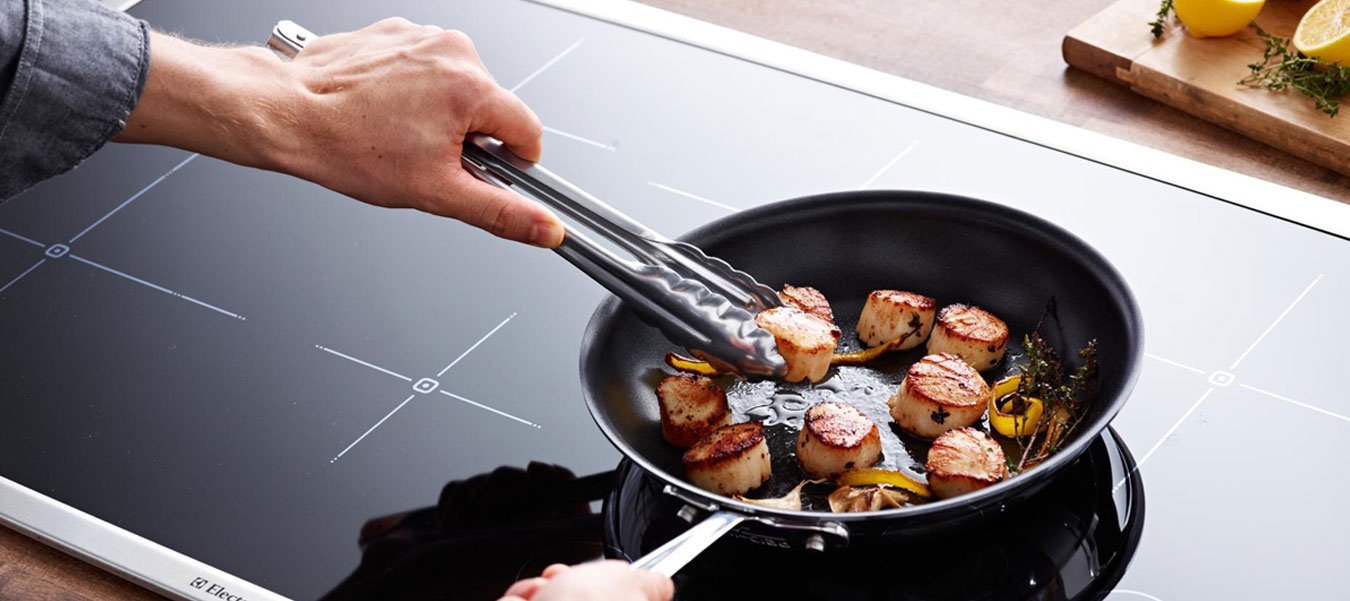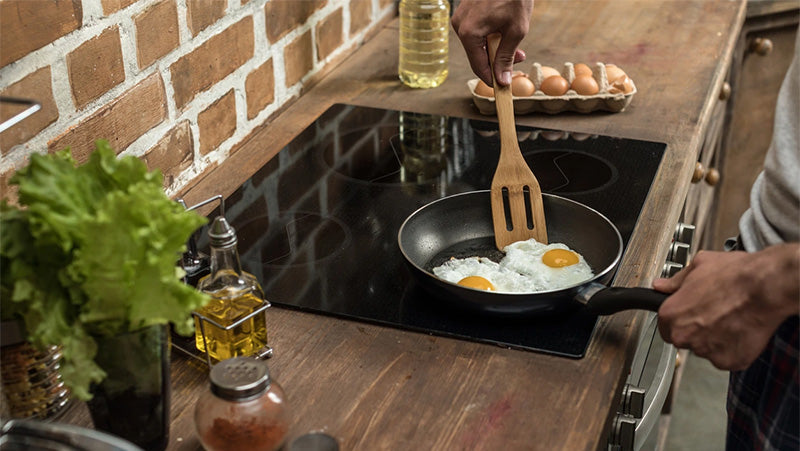In the bustling world of professional kitchens, where efficiency and flavor reign supreme, the choice of cookware can make all the difference. Enter cast iron, a time-honored material that has transcended generations, offering unmatched versatility and reliability. When it comes to creating one-pot meals, using cast iron can elevate the cooking experience, providing both practical and gastronomic benefits.

Why Choose Cast Iron for One-Pot Meals?
The allure of cast iron lies in its ability to deliver consistent heat distribution and retention. This characteristic is particularly crucial for one-pot meals, where ingredients are cooked together in a single vessel to meld flavors harmoniously. The even heating ensures that every element of the dish is cooked to perfection, minimizing the risk of overcooking or burning.
Moreover, cast iron is renowned for its durability. Unlike other materials that may warp or degrade over time, a well-maintained cast iron pan can last a lifetime, making it a wise investment for any kitchen professional. This durability also extends to its compatibility with various cooking surfaces, including induction, which is becoming increasingly popular in modern kitchens. For more on this compatibility, you can explore this article.
Enhancing Flavor with Cast Iron
One of the greatest advantages of using cast iron for one-pot meals is its ability to enhance flavor. The material's seasoning process creates a natural non-stick surface that not only prevents food from sticking but also imparts a unique, rich flavor to dishes. This seasoning improves with each use, developing a patina that contributes depth and character to meals.
Additionally, the high heat capacity of cast iron allows for excellent browning and caramelization, essential for creating complex flavors in one-pot meals. Whether searing meats or sauting vegetables, the results are consistently satisfactory, adding a professional touch to any dish.
Practical Tips for Using Cast Iron
To maximize the benefits of using cast iron for one-pot meals, there are several practical tips kitchen professionals should consider:
Seasoning is Key
Proper seasoning is critical to maintaining the non-stick properties of a cast iron pan. Regularly apply a thin layer of oil and heat the pan to help develop and maintain the seasoning. This process not only enhances the pan's performance but also extends its lifespan.
Preheating for Perfection
Always preheat a cast iron pan before adding ingredients. This step ensures even cooking and prevents food from sticking to the surface. Preheating should be done gradually to avoid thermal shock, which can cause the pan to crack.
For more insights on cast iron care, check out this blog post.
Cleaning and Maintenance
After cooking, allow the pan to cool slightly before cleaning. Avoid using soap or abrasive sponges, which can strip the seasoning. Instead, use hot water and a gentle brush to clean, then dry thoroughly to prevent rust.
Exploring One-Pot Meal Inspirations
With a cast iron pan at your disposal, the possibilities for one-pot meals are virtually endless. From hearty stews to vibrant stir-fries, the versatility of cast iron allows for creativity in the kitchen. Consider experimenting with various cuisines and ingredients to develop signature dishes that showcase the unique qualities of cast iron cooking.
For more inspiration, you might enjoy reading about slow cooking in cast iron for a deeper flavor profile.
Conclusion
Incorporating cast iron into your culinary repertoire can revolutionize the way you approach one-pot meals. Its reliable performance, ability to enhance flavor, and long-lasting nature make it an invaluable tool for kitchen professionals. Embrace the tradition and innovation that cast iron offers, and unlock new levels of culinary excellence in every dish you create.

FAQs
Is cast iron suitable for all types of one-pot meals?
Yes, cast iron is suitable for a wide variety of one-pot meals, including soups, stews, and casseroles. Its even heat distribution makes it ideal for dishes that require consistent cooking.
Can I use cast iron on induction cooktops?
Yes, cast iron is compatible with induction cooktops. Its magnetic properties make it a perfect match. For more details, visit this page.
How do I maintain the seasoning on my cast iron pan?
Maintain the seasoning by regularly applying a thin layer of oil and heating the pan. Avoid using soap during cleaning to preserve the seasoning layer.





Leave a comment
This site is protected by hCaptcha and the hCaptcha Privacy Policy and Terms of Service apply.